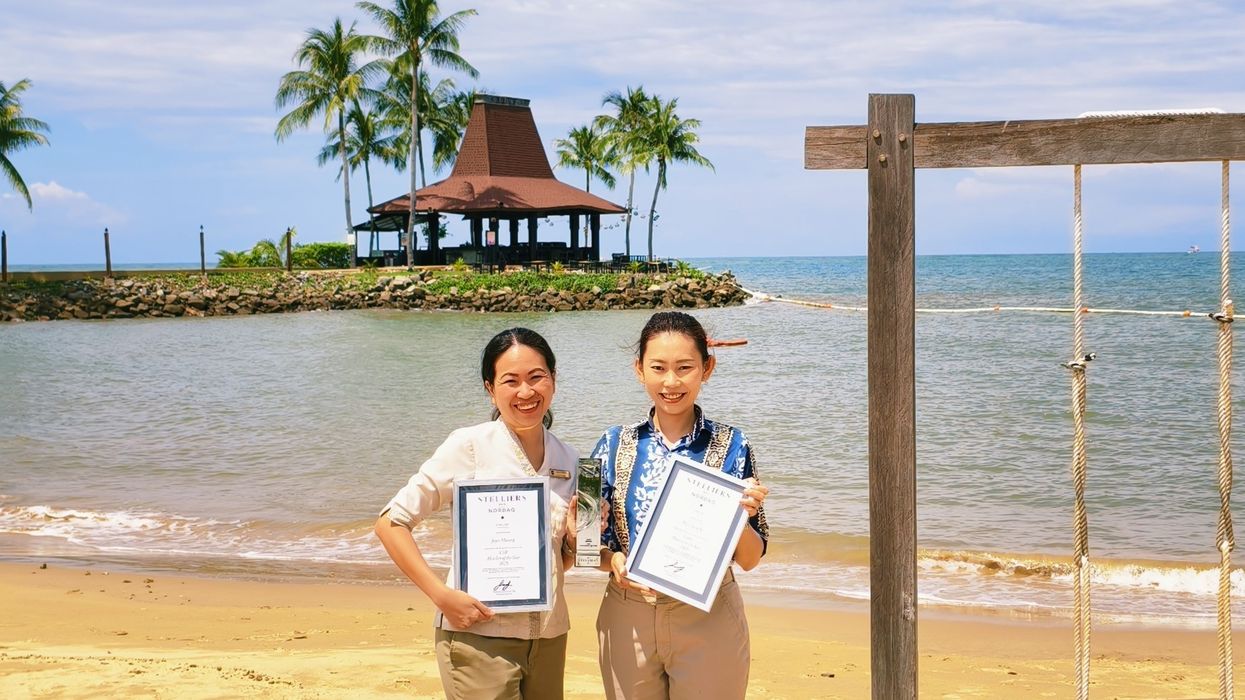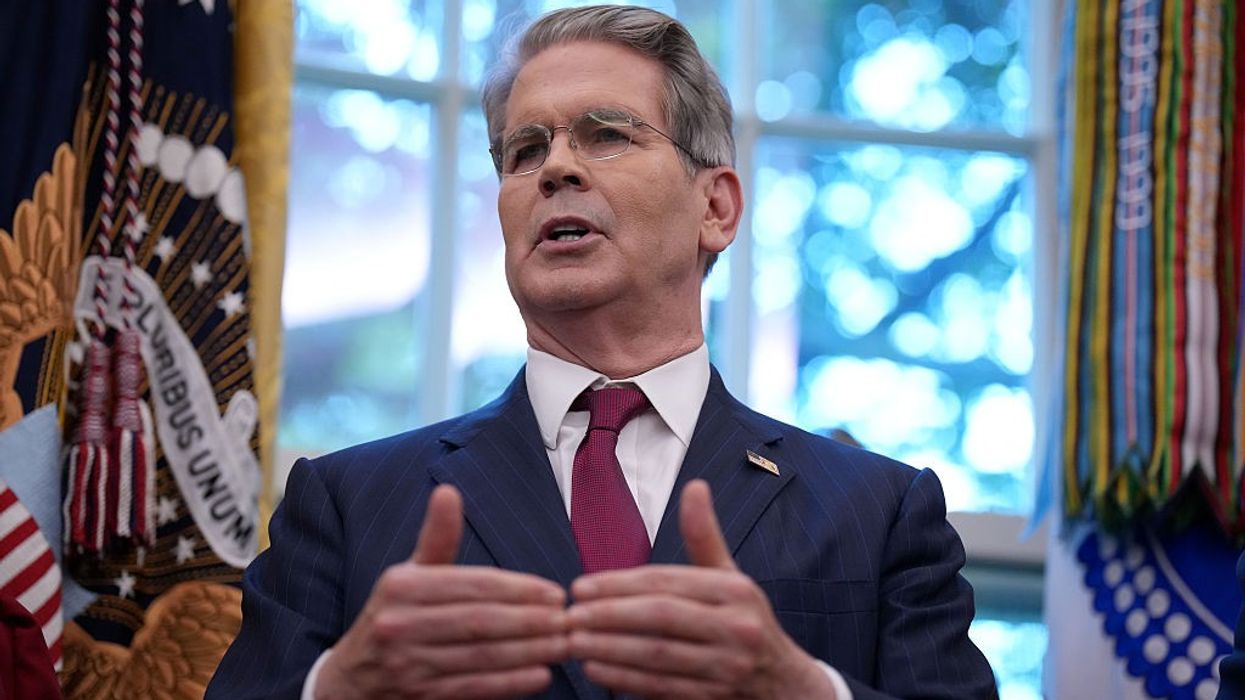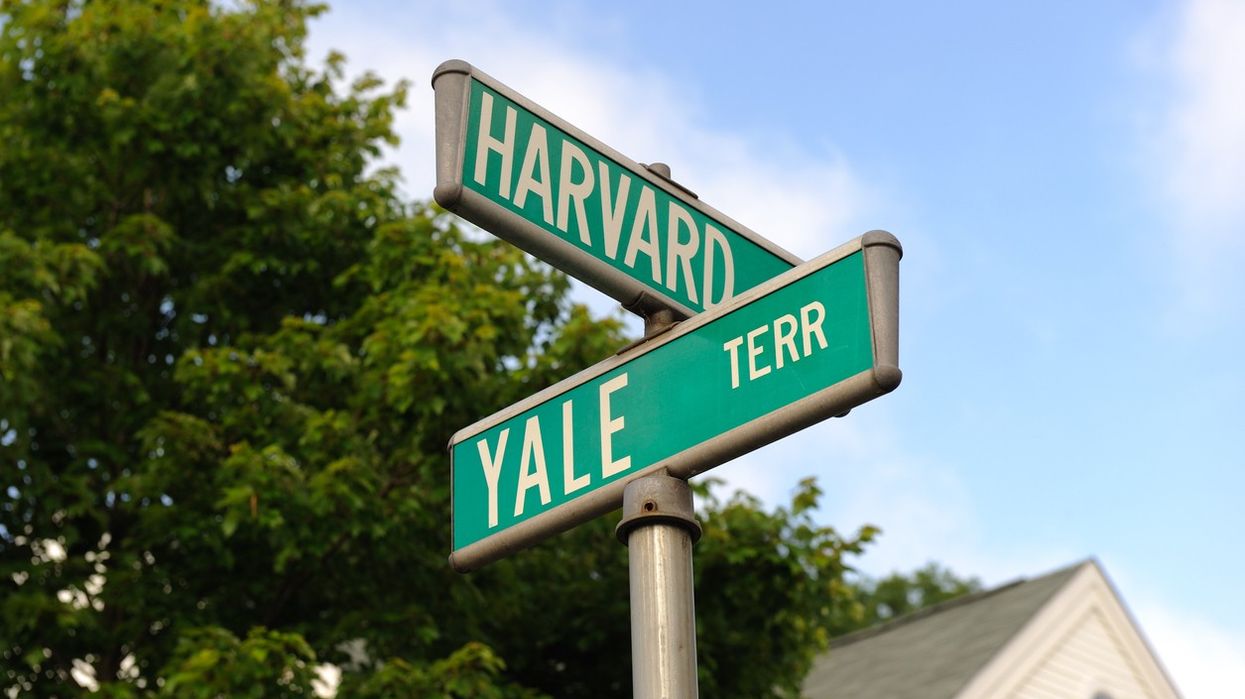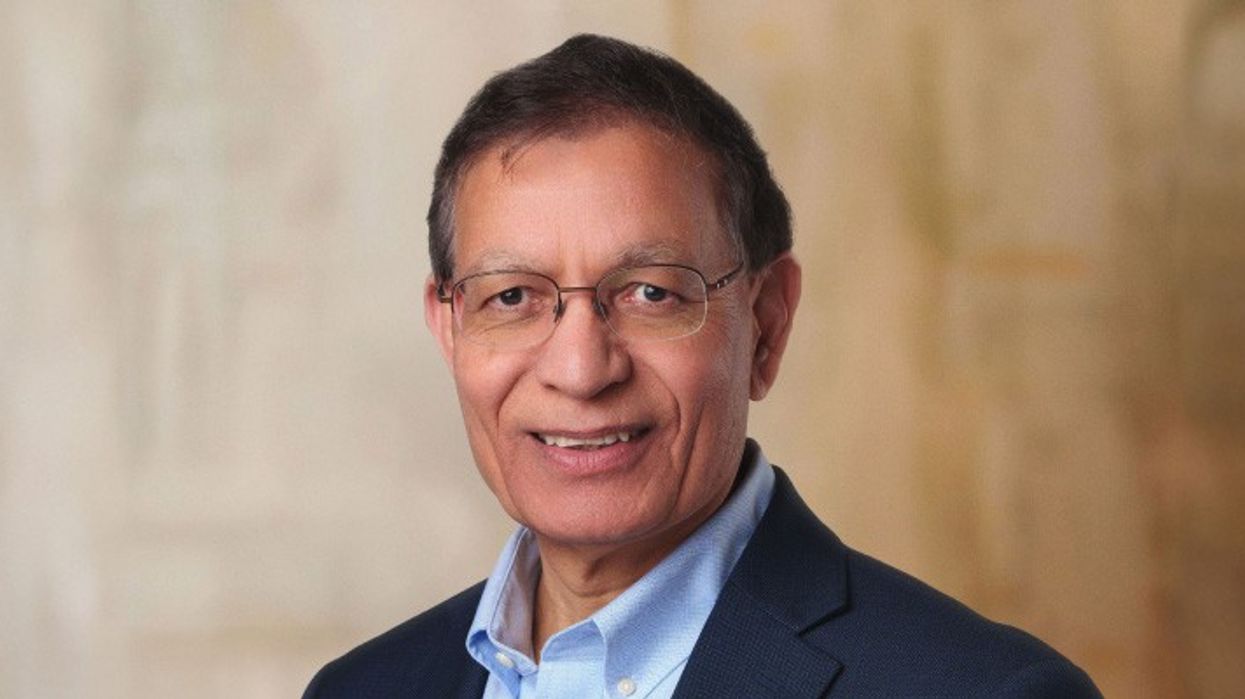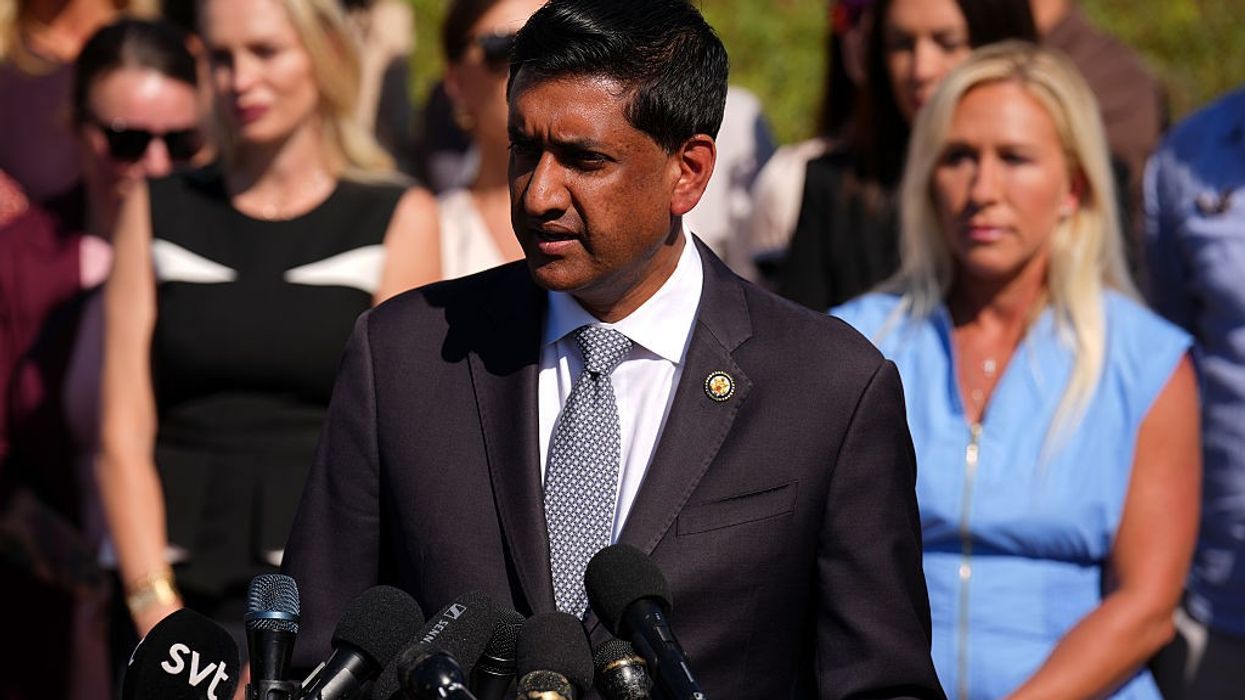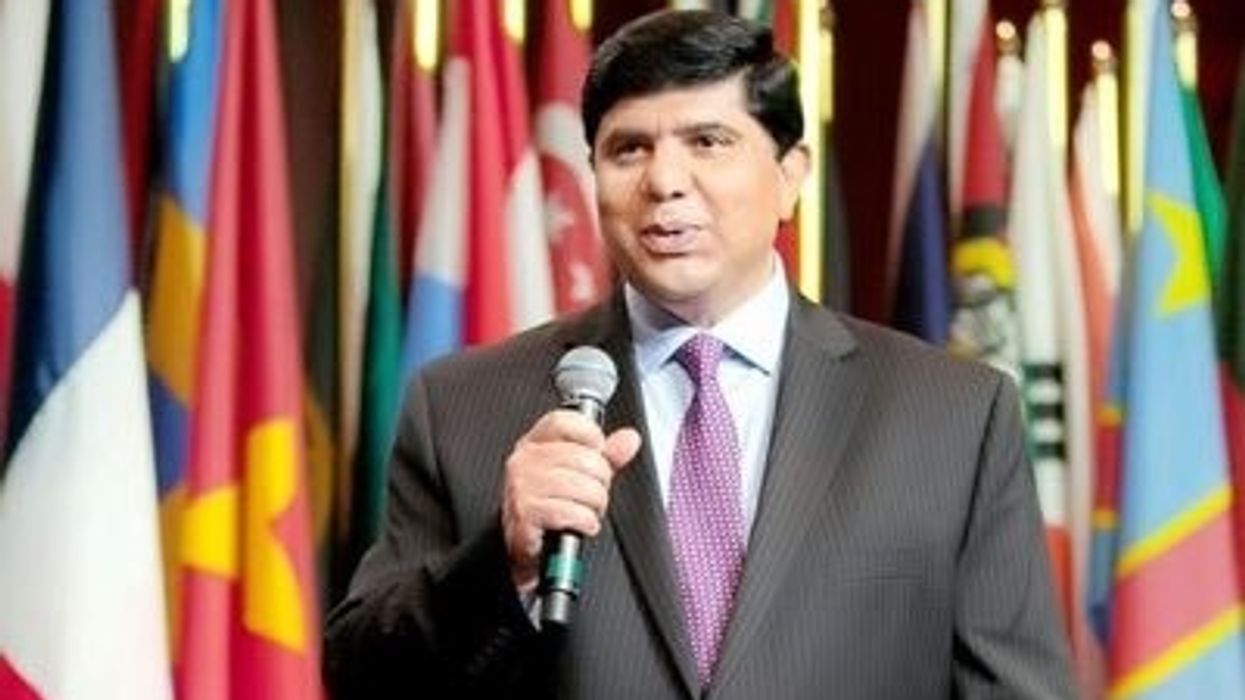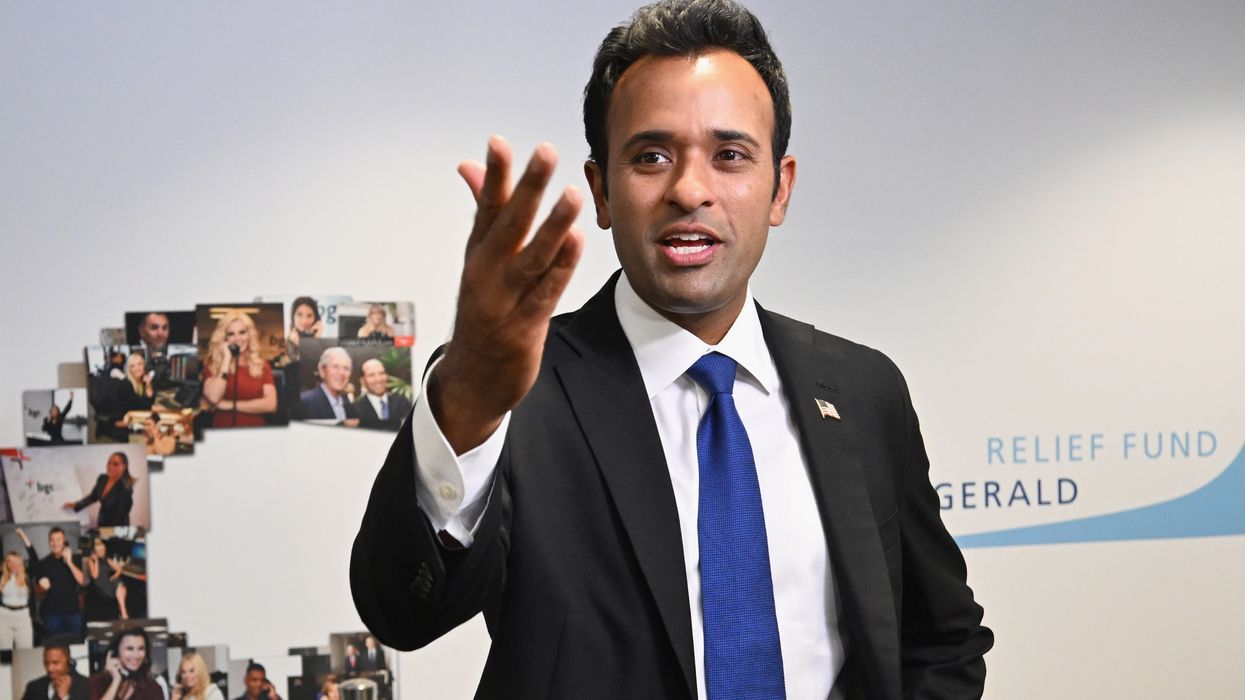- $100,000 Annual Fee already imposed on all new H-1B applications.
- Cap exemptions to be narrowed for universities and research institutions.
- Stricter scrutiny for employers with past wage or labor violations.
- Increased oversight for third-party placements and consulting firms.
Redefinition of ‘specialty occupation’ to ensure closer job-degree alignment. After imposing a $100k annual fee on all H-1B visa applications effective September 21, the Trump administration is planning a fresh start of regulatory changes to the program. The Department of Homeland Security (DHS) has published its new regulatory agenda under the proposal titled 'Reforming the H-1B Nonimmigrant Visa Clarification Program.'
According to the DHS, the reforms will revise eligibility for cap exemptions, increase scrutiny on employers with past violations, and tighten oversight on their third-party placements. The goal, as stated in the proposal, is to strengthen the integrity of the H-1B program and safeguard American workers' wages and employment conditions.
Focus on employment-based immigration
In addition to the H-1B reforms, the DHS has also proposed changes affecting employment-based immigrant categories. The new rule seeks to modernize provisions related to individuals of extraordinary ability, outstanding professors and researchers, and national interest waiver classifications.
The agency plans to clarify evidentiary requirements for these categories, ensuring that only qualified individuals benefit from preferential immigration routes.
Indian nationals, who constitute the majority of H-1B visa holders, are expected to face significant setbacks under the new policy. The steep fee and tightened compliance standards may reduce hiring opportunities, particularly from outsourcing and mid-sized firms.
Longer processing times, enhanced background checks, and reduced job mobility could further complicate career planning for Indian tech workers. Industry experts warn that these measures may discourage smaller employers from hiring foreign professionals altogether.
Five key changes proposed under the new H-1B rules
1. Narrowing cap exemptions
Currently, universities, affiliated non-profit entities, research organizations, health institutions, and government research bodies are exempt from the annual H-1B cap. DHS now plans to restrict the list of qualifying organizations, reducing the number eligible for exemption.
2. Increased scrutiny for employers
Employers previously found guilty of violating wage or labor conditions will face expanded review and monitoring before being allowed to sponsor new H-1B candidates.
3. Oversight of third-party placements
Agencies and consulting firms that place H-1B employees at client sites will come under stricter oversight, with DHS requiring more detailed documentation to verify the legitimacy of such employment arrangements.
4. Restrictions on employment-based green cards
The DHS also intends to tighten regulations for O-1 visa holders and those applying for national interest waivers, potentially limiting pathways for high-skilled foreign nationals to obtain permanent residency.
5. Redefining ‘specialty occupation’
The proposal seeks to clearly define what qualifies as a “specialty occupation.” While some flexibility will remain for different degree fields, each field must be directly related to the job’s duties.
Impact on Indians
These proposed measures mark another significant step in the Trump administration’s immigration strategy, which emphasizes protecting domestic labor and ensuring program integrity. While US officials argue that the changes are essential for fairness and compliance, critics warn that such restrictions could discourage global talent and disrupt the operations of technology and research institutions heavily reliant on foreign expertise.
As the new rules come into effect, thousands of aspiring Indian professionals are reconsidering their options for working abroad. Many fear a contraction in opportunities, particularly for contract-based roles. The uncertainty has prompted growing interest in alternative immigration pathways to other innovation hubs worldwide.


